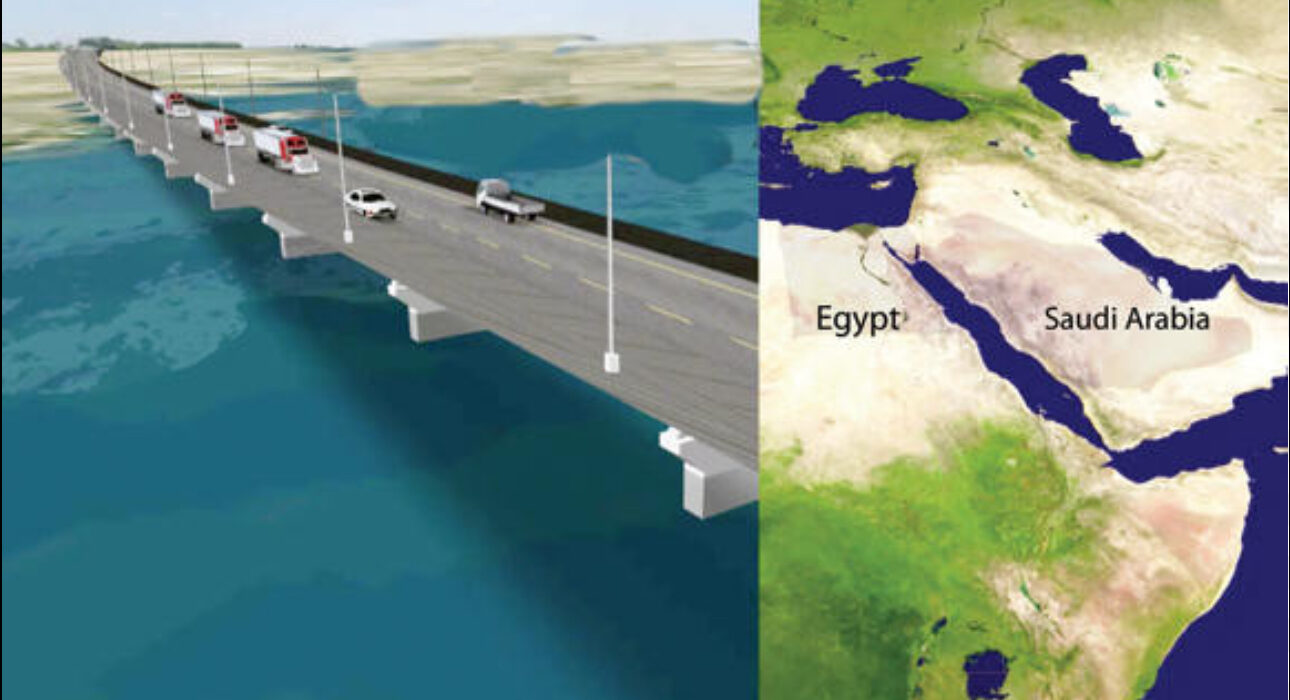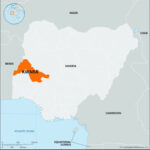Egypt, Saudi Arabia Set to Construct $4 Billion ‘Moses Bridge’ Across Red Sea

In a landmark infrastructure initiative poised to reshape travel and commerce between Africa and Asia, Egypt and Saudi Arabia are preparing to build a 32-kilometre-long bridge across the Red Sea.
Nicknamed the “Moses Bridge”, the project is estimated to cost around $4 billion and will link Egypt’s Sinai Peninsula to Saudi Arabia’s Tabuk region via the Straits of Tiran, near Sharm el-Sheikh.
The bridge—which has been in discussion for decades—has now entered a serious phase of execution, with Egypt’s Transport Minister, Kamel al-Wazir, confirming that technical and environmental studies have been completed.
“We are ready to implement it, whether as a bridge or as a tunnel,” he said, underlining the flexibility of the project’s design depending on final agreements between both nations.
Originally proposed in the late 1980s and revived in 2016 during Saudi King Salman’s state visit to Cairo, the Moses Bridge is expected to become a strategic link between two continents, significantly reducing travel time and strengthening trade, tourism, and religious pilgrimage.
Once completed, the bridge will facilitate a land route between Ras Hamid in Saudi Arabia and Sharm el-Sheikh in Egypt, cutting travel across the Red Sea to approximately 20 minutes. Analysts believe this route could become a vital economic corridor, boosting bilateral trade currently estimated at nearly $5 billion annually.
The project also carries major religious significance, as it would offer a direct overland path for millions of Egyptian and African pilgrims traveling to Saudi Arabia for Hajj and Umrah, easing congestion in traditional air and sea routes.
The Moses Bridge is also expected to be a boon for the tourism industries of both nations. By allowing road access between the Gulf and the Sinai Peninsula, the bridge could open up new tourism circuits and stimulate investment in underdeveloped regions of Sinai. Saudi economist Ahmad Balba noted that the project could help revive dormant tourism projects and generate thousands of new jobs in both countries.
“This is more than a bridge—it’s a bridge to the future,” Balba said. “It will open up the Sinai, connect the Arab world in a tangible way, and stimulate economies on both shores of the Red Sea.”
Despite its promising prospects, the project is not without controversy. Environmental groups have raised red flags over the potential impact on the coral reefs and marine life around Tiran Island, which is part of a protected ecosystem. The area is home to endangered species like the dugong and vital seabird nesting grounds.
In addition, Israel has expressed concerns over maritime security and its guaranteed freedom of navigation in the Straits of Tiran, which is safeguarded under the Camp David Accords.
Diplomatic observers say these issues will need careful handling to avoid regional friction.
For both Egypt and Saudi Arabia, the Moses Bridge is as much about geopolitics as it is about transport. Regional leaders have described the project as a symbol of Arab unity and cooperation, and a major step toward greater continental integration.
Construction is expected to be spearheaded by major regional firms, with reports indicating potential involvement from the Saudi Binladin Group, a company experienced in large-scale infrastructure and religious construction projects.
Though an exact start date has not been announced, officials from both countries have suggested that work could begin within months, pending final diplomatic clearances.
When completed, the Moses Bridge will stand not only as a feat of modern engineering but as a historic link between two continents, fulfilling both strategic ambitions and spiritual journeys—echoing its biblical namesake’s crossing of the Red Sea.









